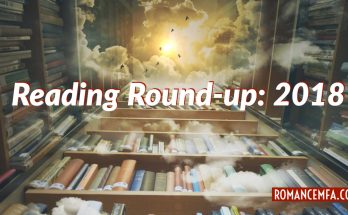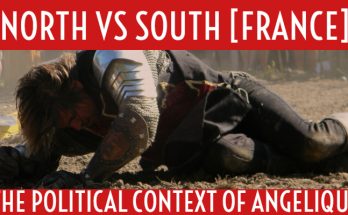Obviously, in narrowing down for a manageable syllabus, I’m only reading a fraction of what’s available. If you’ve got more reading time and want to dive deeper into early romance novels written before the twentieth century, here’s a list of other titles I considered for the ‘Romantic Precursors’ section. I’m not listing the rest of Austen’s work, or the oeuvre of the Brontes, because those should be obvious. However, perhaps you’ll find something on the below list that you haven’t heard of.
Eighteenth Century
Love in Excess (1719), by Eliza Haywood – A tale of a rake reformed, this was another very popular novel of the 18th century.
The Castle of Otranto (1764), by Horace Walpole – The first Gothic Romance, in which the author attempted “to blend the two kinds of romance: the ancient and the modern.”
Evelina (1778), by Fanny Burney – An epistolary tale of a young woman’s entry to society.
The Mysteries of Udolpho (1794), by Ann Radcliffe – A tale of crumbling castles, Italian brigands, seemingly supernatural events, love lost and love reunited. Satirized by Austen in Northanger Abbey.
The Coquette (1797), by Hannah Webster Foster – An epistolary tale of a woman’s fall from virtue in Connecticut.
Victorian
Ivanhoe (1820), by Sir Walter Scott – A knight, a lady, a romantic adventure.
North and South (1855), by Elizabeth Gaskell – A rich cotton-mill owner has his heart changed by a young lady of good family fallen on hard times.
Wives and Daughters (1866), by Elizabeth Gaskell – A girl from a working family, a gentleman of means.
Little Women (1868), by Louisa May Alcott – Like Pride and Prejudice, a tale of a family’s daughters finding their way through life and love.
Catriona (also known as David Balfour) (1893), by Robert Louis Stevenson – A continuation of the adventures of David Balfour, the hero of Kidnapped, this volume is more comedy of manners than adventure tale as David and Catriona develop their relationship. Note: the Scots dialect used by the characters may seem impenetrable; I recommend listening to an audio version.
Edwardian
A Beginner (1894), by Rhoda Broughton – Wikipedia says “The novel deals with the moral issues of writing and whether it is appropriate for a young woman to write romantic or even erotic fiction.”
The Scarlet Pimpernel (1905), by Emmuska Orczy – A tale of intrigue and secret identity, with plentiful sequels.
The Age of Innocence (1920), by Edith Wharton – A young man in love in Gilded Age New York.
As for me, I’ll be moving on to the Mid-Century Love Stories section of my syllabus, so check back next week as I start digging into Gone With The Wind.



